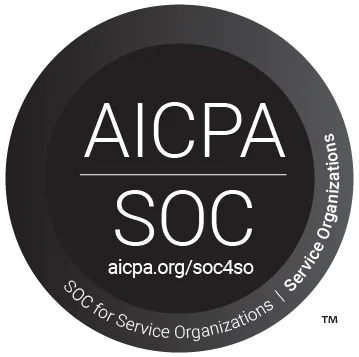Requests for proposals (RFPs) are a great way to lay out your organization’s needs and learn how multiple vendors would go about addressing them.
A lack of reliable and affordable transportation often exacerbates the difficulty in finding and retaining employment, healthcare, and social connections. Universal Basic Mobility (UBM) is a relatively new approach to improving economic and social mobility by removing cost as a barrier for transportation. These programs provide qualified individuals with funds to pay for transit, taxis, micromobility, etc., allowing the individual to choose the trip that best fits their needs.
Operationally, most UBM programs are fairly similar. A local organization (either the city, the transit agency, or a nonprofit) retains a vendor to manage the program, which consists of managing eligibility criteria, distributing cards, overseeing funds movement, validating eligible expenses, and more. Organizations put out RFPs to find and select the program provider.
Jawnt encourages organizations preparing RFPs for UBM programs to weigh the following considerations as they plan their requests.
Typical Program Design
Every UBM program requires the following core functionalities from their debit card provider.
- The ability to load value onto a card.
- The ability to define a schedule for these card loads, such as monthly, or allocate funds on a manual, one-time basis.
- The ability to specify a balance cap that funds would load up to, but not exceed.
- The ability to limit use of the card to specific categories or merchants.
- The ability to activate and deactivate specific cards as needed, such as if someone leaves the program or violates its rules.
Upfront Parameters
While some aspects may need to change once the program is up and running, let potential vendors know as much as can be known upfront. Specify the program’s initial assumptions around:
- The target number of participants. Will they all be enrolled upfront, or will additional people be added in later phases?
- The target amount of funds to be distributed. How much is the program seeking to deliver to each participant? Will everyone get the same amount? Will funds be refreshed monthly, annually, or will there be one-off grants? Will the same amount of funds be added to each account, or will participants be “topped up” to a set amount each time? Is there a maximum amount participants are allowed to store in their account?
- How to reach participants. Will it be possible to contact them by phone or email? In what languages? Do they have reliable mailing addresses, or will they visit an in-person event to receive materials?
- Allowable services. What will participants be allowed to spend their funds on? Transit is typical, most allow taxis and ridehailing as well. What about paratransit, bikes to own, scooters to rent, car rentals, or gas?
- Allowable use. What limits, if any, will the program want to apply? Perhaps only travel during certain times or days? Are Lyft rides allowed, but only up to a certain amount or for travel in certain areas?
- Distribution. How would the program prefer to distribute cards - at an in-person event or mailed to each participant? Or a combination?
Core Vendor Capabilities
The following are a list of best practices for UBM programs. Identify the program’s expectations, and ask potential vendors to explain their capabilities and approaches to each.
- Contactless EMV chip. Can the physical card support transactions with contactless tap-to-pay devices, without being added to a mobile wallet?
- Virtual cards. Does the vendor offer a digital-only version of the card that can be added directly to a mobile wallet?
- Card-use restrictions. Can the vendor limit transactions by merchant category and/or merchant ID?
- Personalized cards and card art. Can the vendor emboss the cardholder’s name on each card? Can the vendor customize the artwork on the front of the card? Research shows that program participants are more likely to trust, and thus use, a card that has the agency’s name on it or otherwise looks official.
- Fund transfer. Can funds be transferred via ACH to the card vendor, to be loaded onto accounts?
- Unused funds. Can the vendor rollback unused funds to the program? Is there a fee for this?
- Fraud. How does the vendor approach detecting and reducing fraud?
- Administrative dashboard. What can the program’s administrators do without the vendor? View reports? Search for and flag suspicious transactions?
- Administrator support. What training is available for administrators, and in what formats (videos, manuals)? Do administrators have access to a dedicated support person or team?
- Cardholder support. Typically the program is responsible for support with eligibility, and the vendor is responsible for supporting the card itself. When and how is that support available? Does the card have the vendor’s support phone number on it? For what hours and days is live support available, and through what means (email, text, chat) and in what languages?
Managing Costs
How will the vendor make money on this project? Do they:
- Charge per card, per transaction, per hour?
- Have fees for rolling back unspent funds, or do they take a percentage on top of transactions?
- Require additional resources to develop custom card art or other custom development?
Are you preparing or considering an RFP? We'd be happy to answer any questions you might have. You can reach our team here.









.png)
.png)


